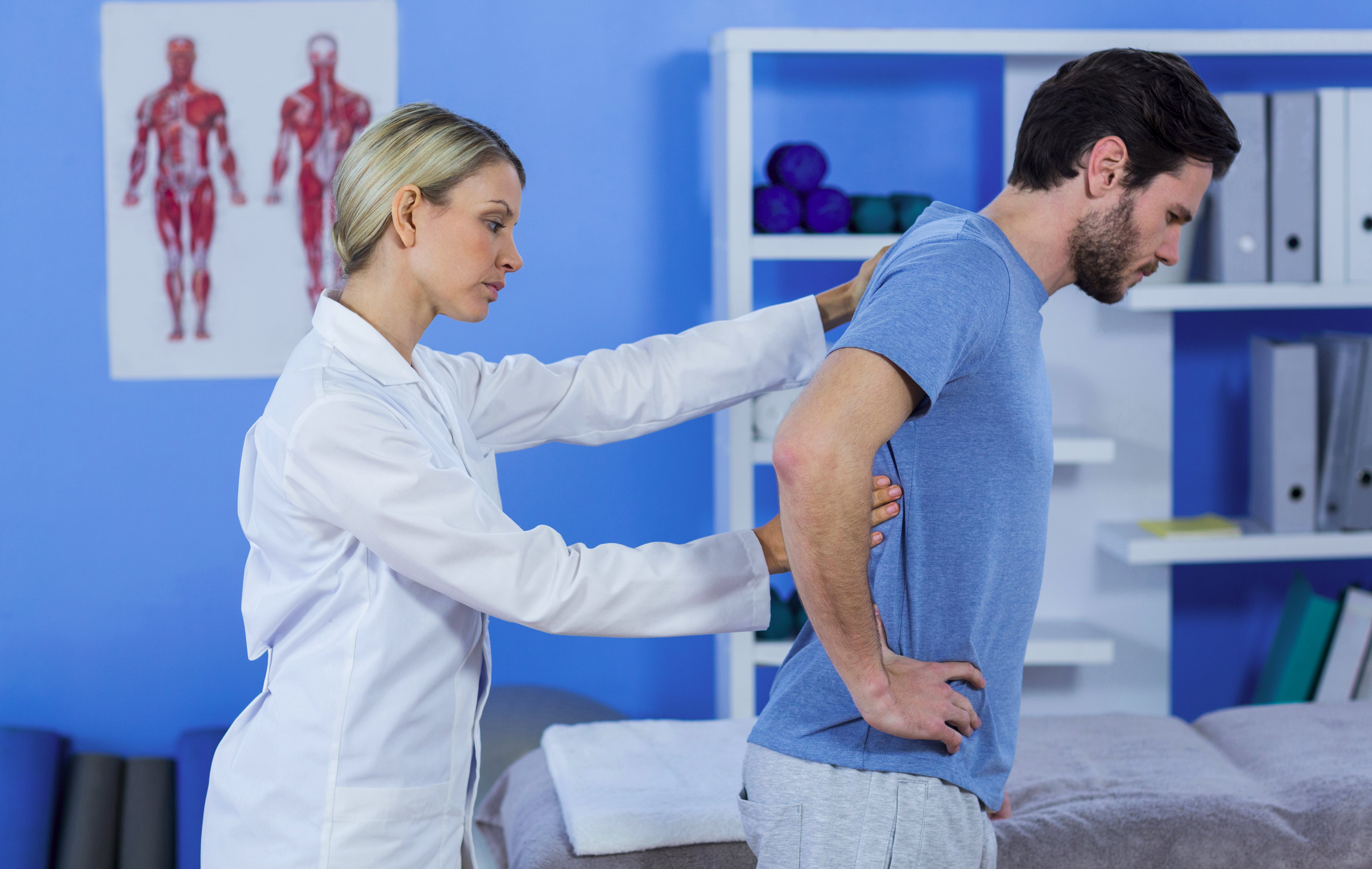Manipulation and Mobilisation Physiotherapy
Are you feeling joint stiffness or pains? Then manipulation and Mobilisation could be the right option for your condition. We at AnnPhysiocare have the best and most experienced practitioners to take care of these issues in a simple way.
What is Mobilisation and Manipulation?
Both Manipulation and Mobilisation are manual interventions performed by a trained practitioner to alleviate pains and stiffness due to an injury or illness. It increases the range of movement of soft tissues via muscles, tendons, ligaments, nerves and bone joints - mainly in the neck region or upper and lower spinal region. However, it can be applied in case of any other joint pain.

The patient is made to lie in a relaxed posture and this allows the therapist to get hold of joints and perform any required movement. It's essentially achieving an activity that the patient cannot do themselves.
What's the difference between the two techniques?
Manipulation is swift, accurate and impulsive movement of a joint, going slightly beyond its range of motion, to relieve the reciprocal of its stiffness and lack of movement. It's characterized by a 'pop' sound known to be a result of cavitation of synovial fluids between the joints. Its also known as chiropractic adjustment. It immediately results in pain relief due to the release of endorphins and increased flexibility. Manipulation is a very speedy and sudden movement technique and requires great skill and experience from the therapists. Patients who choose to undergo manipulation must check thoroughly with their physicians and practitioners.
Mobilisation also involves affecting the joint movement, but it achieves the same with slow, smooth and repetitive movements. The movement covers the full range of the joint motion based on their grade and joints are fully stretched out. The range of motion of each joint is graded on a five-point scale. Grades I and II are mostly used to alleviate discomfort and stiffness. Grades III–V are mainly used to improve mobility and joint flexibility. Mobilisation is safer, and it allows the patient to ask for stopping it in the middle. It's ideal for elderly patients whose bones and joints are more fragile.
Where do we use it?
We use manipulation and Mobilisation as efficient techniques to relieve many joint pains. But we mainly use them in cases of:
- Lower Back Pain
- Upper Back Pain
- Neck Pain
- Joint Stiffness Involving
- Shoulder, Spine, Elbow, Wrist, Hip, Ankle, Knee and Foot
- Muscular Sprains
Precautions
These techniques are best avoided in the following cases:
- Osteoporosis or Osteoarthritis
- Bleeding joints
- If there's is a total joint replacement
- If the joint area has any malignant tumours.
- Without the full diagnosis
Consult Us
AnnPhysiocare offers the best care and physiotherapy for your joint-related problems. We will provide you with after-treatment guidance for your successful recovery. Contact us for more details.
- Manipulation and Mobilisation Physiotherapy
- Soft Tissue Mobilisation Physiotherapy
- Exercise Programme Physiotherapy
- Acupuncture
- Electrotherapy
- Massage Physiotherapy
Our Services For
NHS
We have a specialised body of knowledge and skills and can provide physiotherapy services across a range of settings, working either independently.
Insurance
Ann Physiocare is registered with all major Health Insurance providers, we always do our best to make your insurance process as smooth as possible.
Pay As You Go Individuals
We are able to assist individuals with a wide range of issues without the need for public or private funding.
